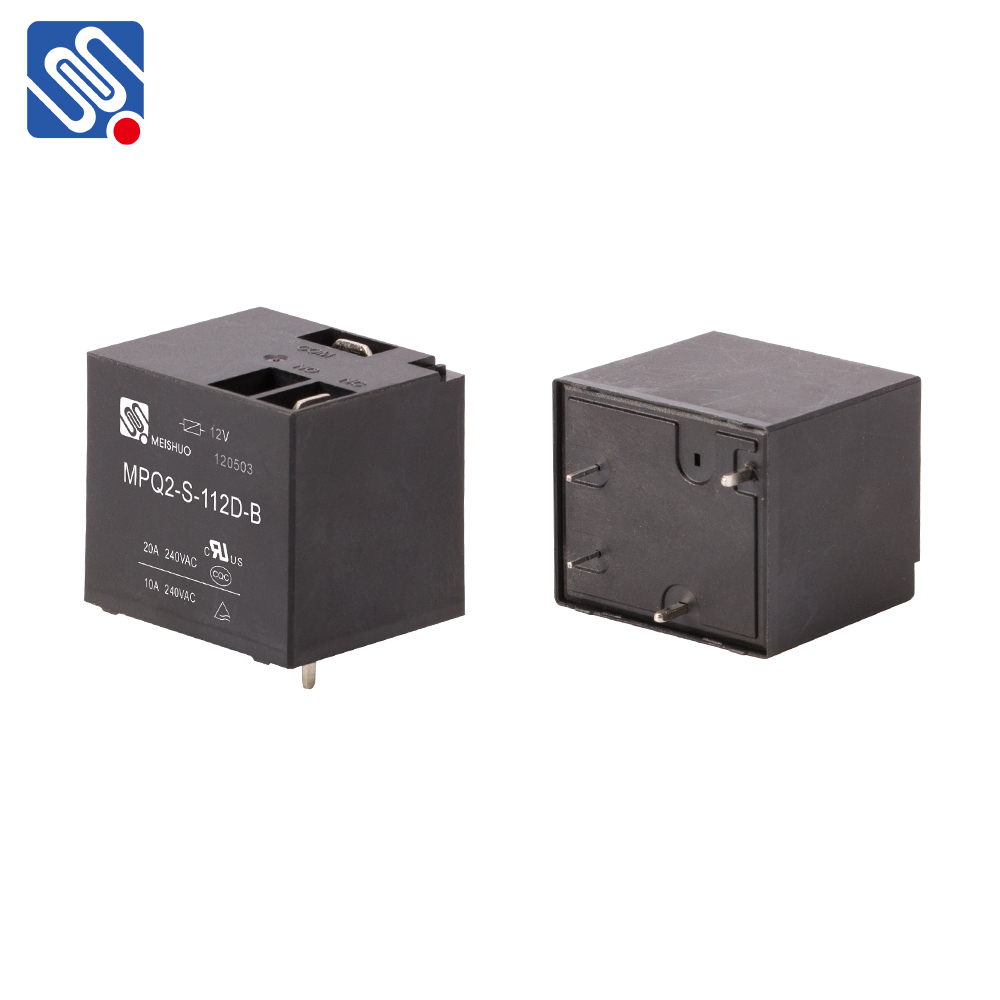In the world of electrical and electronic systems, relays are essential components that control circuits and switch devices on and off. The 12V 30A relay is a widely used type of relay that plays a significant role in many applications, particularly in automotive, industrial automation, and electrical control systems. Its primary function is to act as a switch that can be triggered by a low-power signal, such as a 12-volt DC signal, to control higher-power devices that require larger currents, such as motors, lights, or other electrical equipment. In this article, we will explore what a 12V 30A relay is, its features, applications, and how to use it effectively in various systems.

What is a 12V 30A Relay? A 12V 30A relay is an electromagnetic switch that can open and close a set of contacts to control an electrical circuit. The “12V” refers to the voltage used to activate the relay, typically a 12-volt DC signal, while “30A” refers to the maximum current the relay can safely handle on its switched circuit—30 amperes. This combination makes the 12V 30A relay particularly useful in applications where a low-voltage control signal needs to switch high-power electrical devices or systems. The relay consists of a coil, contacts, and a switch mechanism. When a voltage is applied to the coil, it generates a magnetic field that pulls a set of contacts together, allowing current to flow through the circuit. The contacts can be configured as normally open (NO) or normally closed (NC), depending on whether the relay should allow current flow when the control voltage is applied or when it is absent.